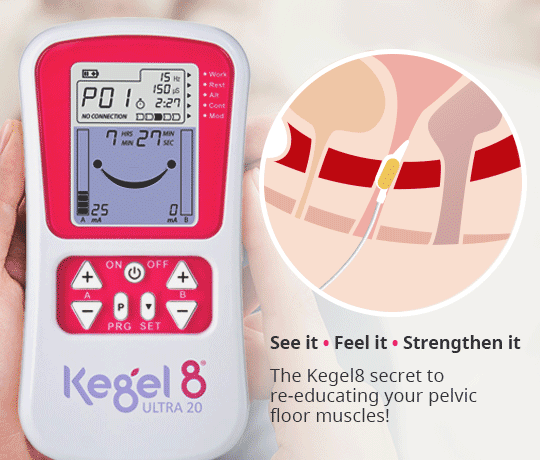
We looked at the findings of a randomized clinical trial comparing two uterus-sparing surgical procedures for uterine descent. This study, led by Radboud University Medical Center and involving 26 Dutch hospitals, sheds light on the effectiveness of these procedures in treating pelvic organ prolapse and provides insights into which method might be more beneficial for women with uterine descent.
Key points from the study:
Uterine Descent and Pelvic Organ Prolapse: Uterine descent is a common condition, often part of pelvic organ prolapse. Around 40% of women over 45 experience pelvic organ prolapse to some degree. Not all women with prolapse experience symptoms, but it leads to medical procedures for approximately 15,000 women annually.
Study Purpose and Procedure Comparison: The study aimed to compare two uterus-sparing surgical procedures: the sacrospinous hysteropexy (newer method) and the Manchester procedure (older method). The Manchester procedure involves removing part of the cervix and suspending ligaments around the uterus to lift it.
Results and Findings:
The study found that the Manchester procedure had better results after surgery compared to the sacrospinous hysteropexy.
Women who underwent the Manchester procedure had a lower risk of recurrent complaints after five years compared to those who had the sacrospinous hysteropexy.
The Manchester procedure group had fewer instances of re-intervention for recurrent uterine descent and less frequent recurrence of bladder descent.
Both groups reported high satisfaction rates of over 80% with their surgeries.
Relevance and Impact: The study findings are important for women, hospitals, and society. Pelvic organ prolapse can lead to discomfort and various unpleasant symptoms, so improved treatment options are significant. The findings contribute to better care for women with uterine descent and inform decisions on treatment methods.
Large-Scale Research Collaboration: The study involved collaboration between 26 medical centers, including Zuyderland, Isala, and Maxima Medical Centre. This extensive collaboration allowed the researchers to follow a large group of patients and obtain meaningful results.
Cost Consideration: The study also assessed the cost of both procedures and found that the Manchester procedure was more cost-effective than the sacrospinous hysteropexy.
Future Implications: The results are expected to influence hospitals' adoption of these findings and could lead to adjustments in patient information. The researchers aim to further refine treatment choices based on individual needs.
Advocacy for Large-Scale Research: The study emphasizes the importance of large-scale research projects in improving patient care and treatment outcomes.
In summary, this study suggests that the Manchester procedure, despite being a century-old method, provides better results after surgery compared to the sacrospinous hysteropexy for treating uterine descent and pelvic organ prolapse. The findings are expected to have a positive impact on the care and treatment options available to women with these conditions.
Clinical Evidence:
https://www.ru.nl/ Radbound University
Enklaar RASchulten SFMvan Eijndhoven HWF, et al. Manchester Procedure vs Sacrospinous Hysteropexy for Treatment of Uterine Descent: A Randomized Clinical Trial. JAMA. 2023;330(7):626–635. doi:10.1001/jama.2023.13140





